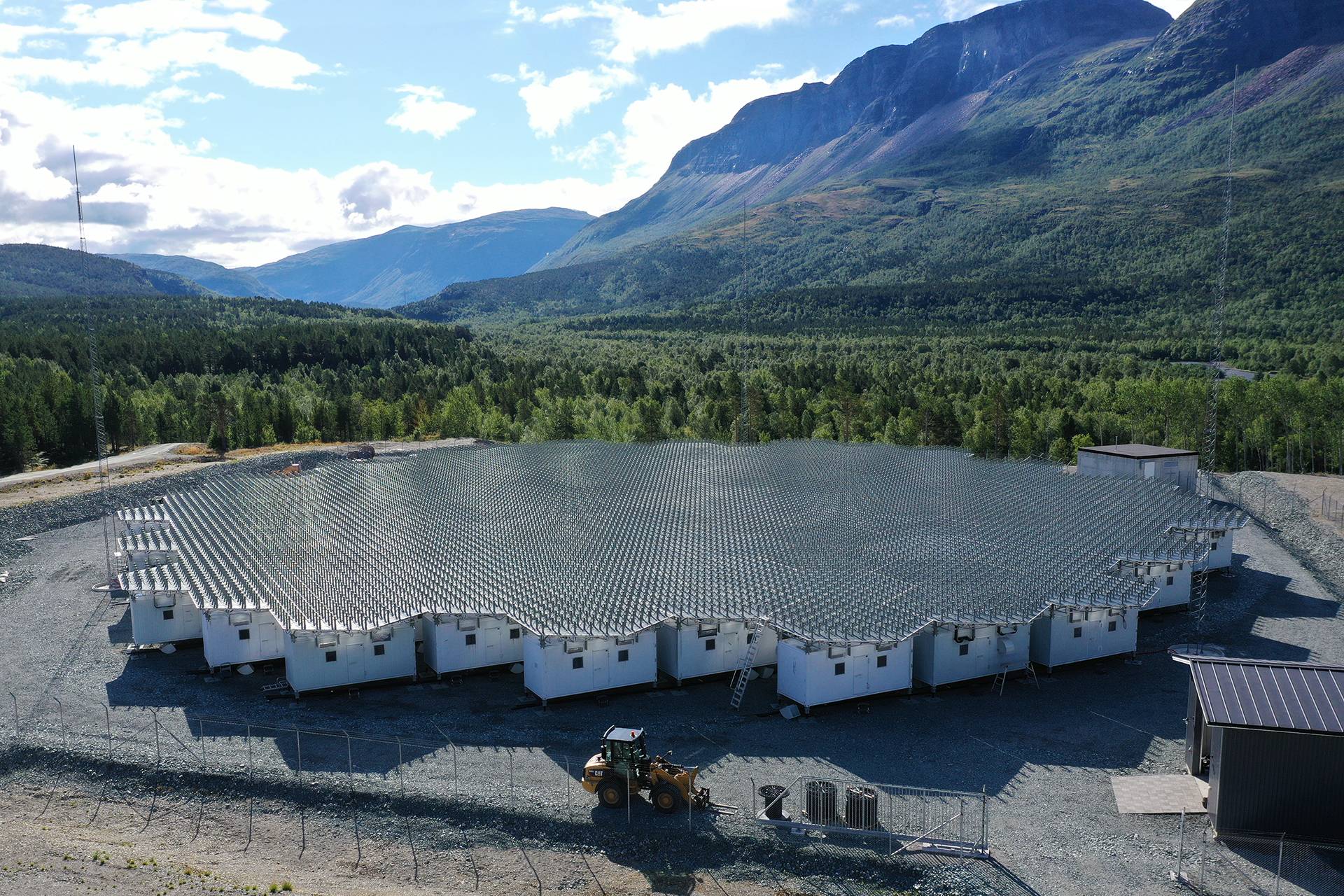“Why does Earth support life, while Venus and Mars – and for all we know, any other planet in the universe – do not?”
NASA will launch the Endurance rocket från Ny-Ålesund, Svalbard, Norway. Once airborne, the Endurance mission will attempt to measure Earth’s global electric potential, or how much Earth’s electric field “tugs” at electrically charged particles in our air. This electric potential is expected to be very weak, making it difficult to measure – and one reason Earth can support life.
EISCAT Svalbard radar will make ground-based measurements of the ionosphere critical to interpreting the NASA Endurance rocket data. The United Kingdom Natural Environment Research Council (NERC) funded the EISCAT radar for the Endurance mission.
The launch window will open May 9, 2022.
NASA article: https://www.nasa.gov/feature/goddard/2022/sun/nasa-rocket-to-measure-earth-s-life-supporting-secret-a-weak-electric-field
Andøya Space Center article: https://www.andoyaspace.no/articles/why-is-there-life-on-earth-but-not-on-mars





